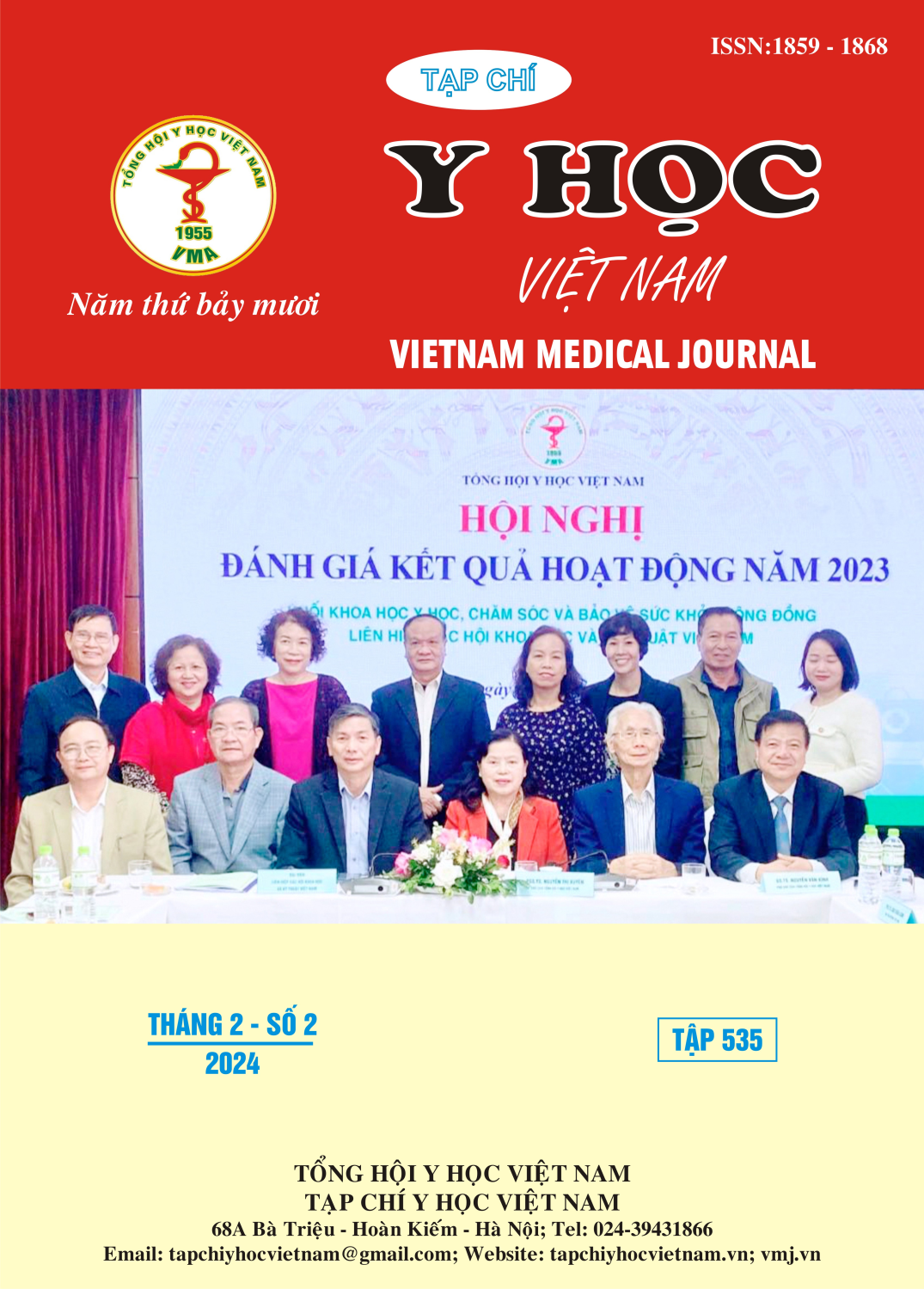EVALUATION OF THE RESULTS OF BEE-STING KERATOPATHY
Main Article Content
Abstract
Purpose: Describe clinical findings of bee-sting keratopathy and evaluate the result of management after 03 months. Methods: Case series report involve 34 case in which bee-sting of the cornea at Ocularplastic- Ocular neuropathy Department in Ho Chi Minh Eye hospital. Results: 88.2% of injuries occurred while riding motorbike. Time to hospital between 1 and 3 days is 47.1%. Average visual acuity at admission was counting fingers 1 meter. Average intraocular pressure was 16,3+-2.4 mmHg. The severity of keratitis is related to the time of hospitalization. Surgery to remove foreign bodies and surgical evacuation once is performed in about 73.5% of cases. Average visual acuity after 3-month re-examination is 3/10. Complications after 3 months are 3/10. Complications after 3 months: dilated pupils, 38.2% iris atrophy, 32.4% corneal opacity, 14.7% cataracts, 2.9% ocular hypertension, 2.9% remaining foreign bodies. Conclusion: The later it takes to visit hospital, the more severe the keratitis is. Stinger removal surgery, surgical evacuation, and combination of high-dose topical and systemic steroids have been shown to be effective in reducing corneal edema and inflammatory reactions in the anterior chamber. The patient's visual acuity was improved slowly. Complications which concern are corneal opacity and ocular hypertension.
Article Details
Keywords
Cornea bee-sting, foreign body removing surgery, steroids therapy
References
2. Ang W. J. et al. (2017), "A Case Series of Bee Sting Keratopathy With Different Outcomes in Malaysia", Cureus. 9 (2), pp. e1035.
3. Arcieri E. S. et al. (2002), "Ocular lesions arising after stings by hymenopteran insects", Cornea. 21 (3), pp. 328-330.
4. Brown T. C. (2013), "Reactions to honeybee stings: an allergic prospective", Current opinion in allergy clinical immunology 13 (4), pp. 365-371.
5. Bücherl W. et al. (2013), Venomous Animals and Their Venoms: Venomous Vertebrates, Elsevier.
6. Chuah G. et al. (1996), "Case reports and mini review of bee stings of the cornea", Singapore medical journal. 37, pp. 389-391.
7. Fitzgerald K. T. et al. (2006), "Hymenoptera stings", Clin Tech Small Anim Pract. 21 (4), pp. 194-204.
8. Gürlü V. P. et al. (2006), "Corneal bee sting-induced endothelial changes", Cornea. 25 (8), pp. 981-983.
9. Habermann (1972), "Bee and wasp venoms", Science 177 (4046), pp. 314-322.
10. Kim J. H. et al. (2014), "Corneal bee sting controlled with early surgical intervention and systemic high-dose steroid therapy", Case Rep Ophthalmol Med. 2014, pp. 140626.


